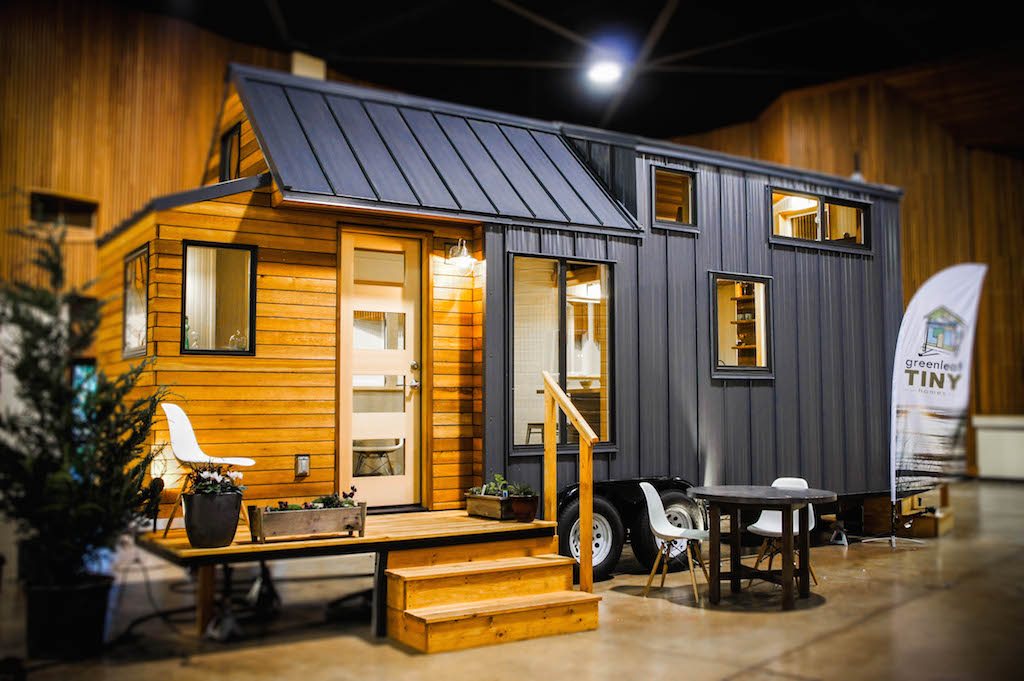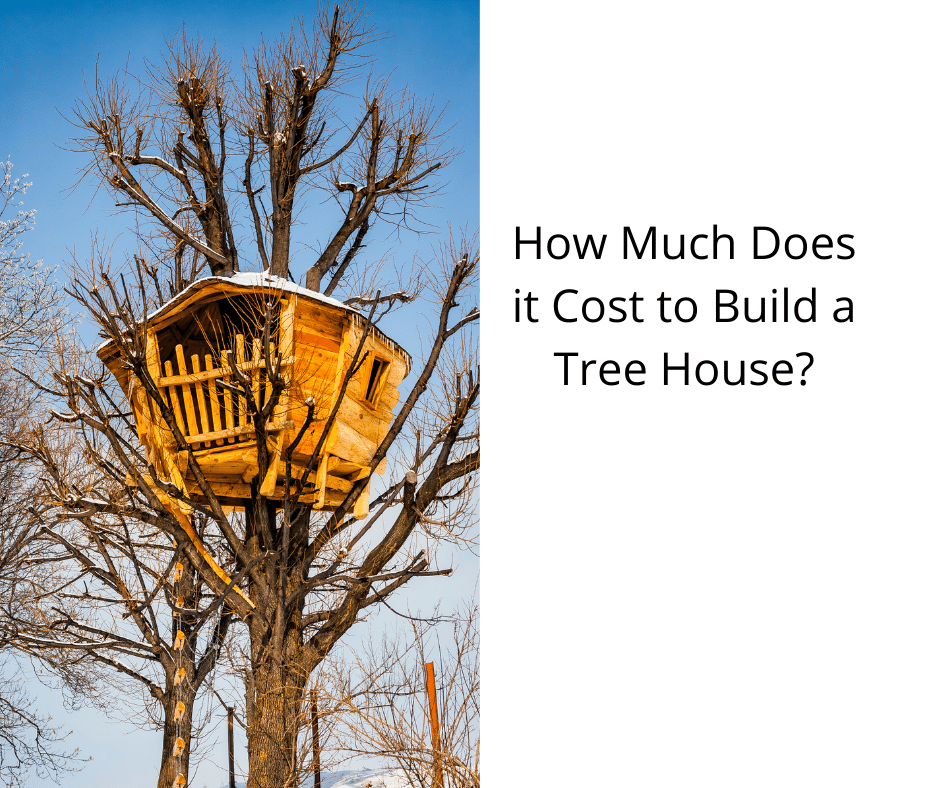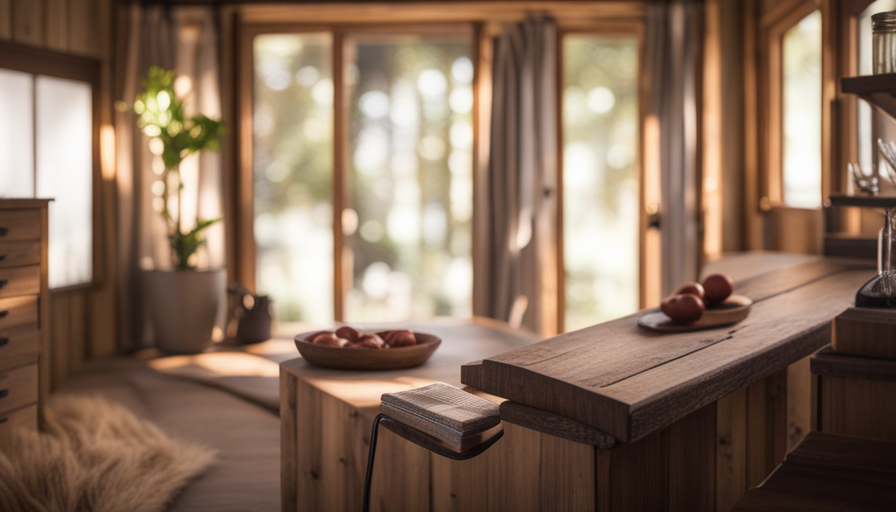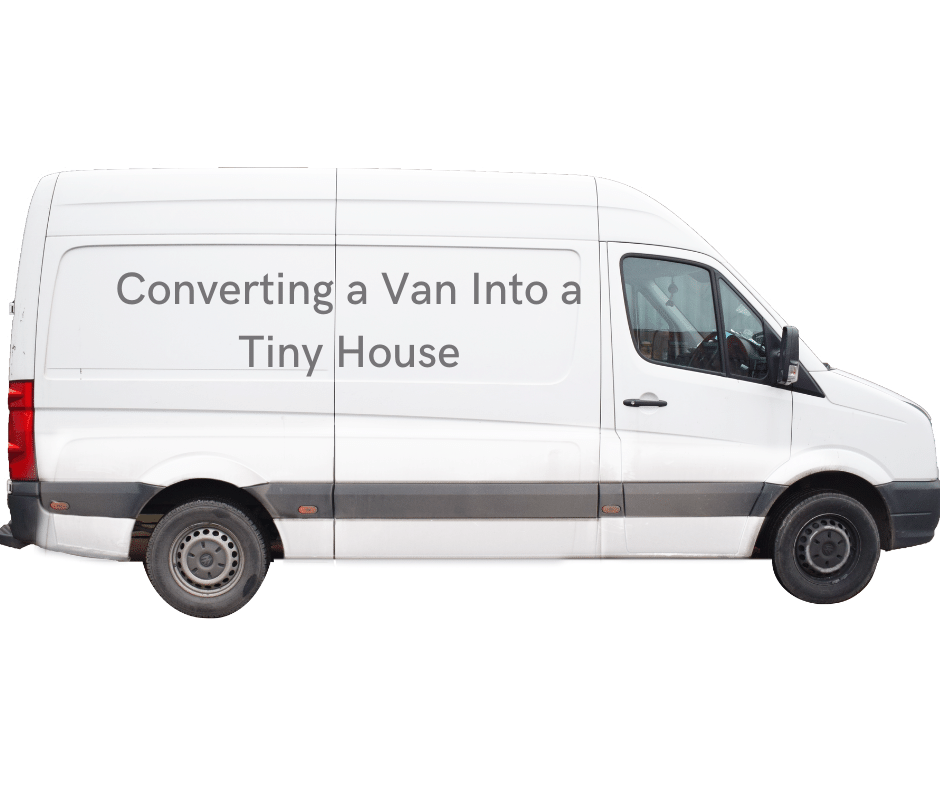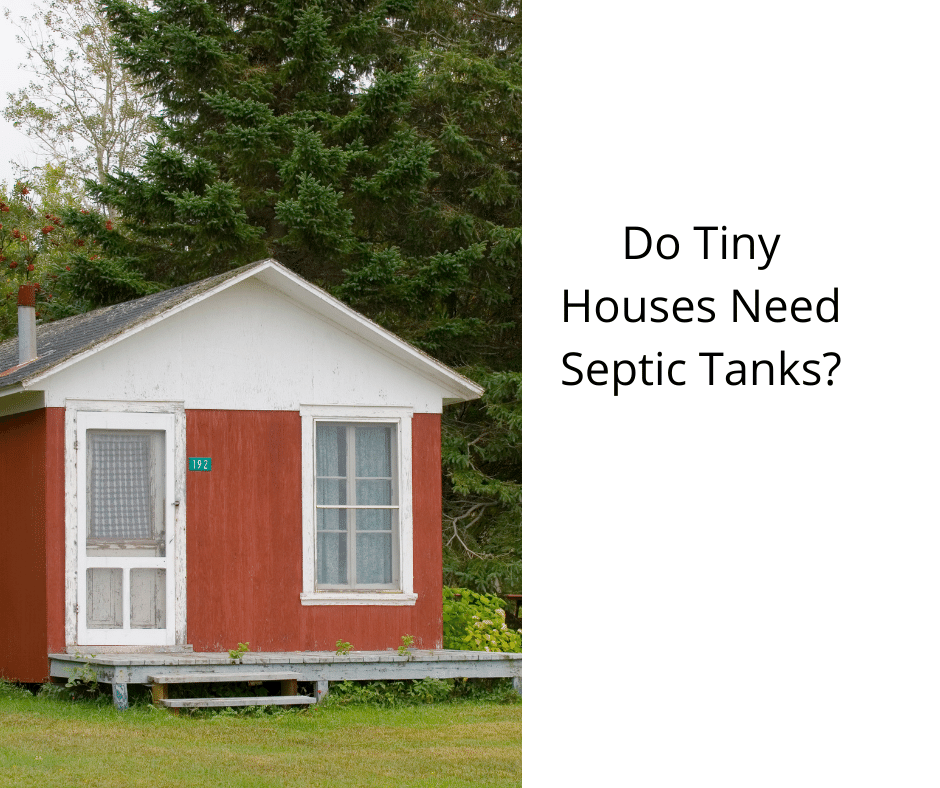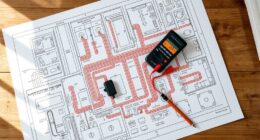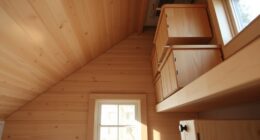The floor plan showcases a sleek duplex layout, where the kitchen and main bedroom can be easily reached from the corridor. The bathroom boasts charming tile designs. Beyond the corridor, there is a unique sunroom that provides extra space for a bathtub. The design includes two bedrooms, one on the upper floor and the other on the lower level. Both bedrooms come with double closets and an ensuite bathroom. This floor plan captures the overall look of the home, complete with a kitchen, bathroom, sunroom, and an extra sunroom.
Trahan Tiny House
The Trahan Tiny House is the result of a collaboration between a yoga teacher and a Spruce Grove, Alberta-based company. The tiny home has an outdoor yoga studio, and a separate home office built with Douglas fir. Its exterior features black metal siding and a unique asymmetrical roof profile. The interior is finished with Douglas fir milled by one of the designers. It has three bedrooms and two bathrooms and is equipped with underfloor heating and extra ventilation via a Blauberg Vento ERV system.
The exterior of the Trahan is designed with an A-frame cabin style and a modern mid-century aesthetic. It has a 32-foot interior and a fully-equipped kitchen. It is currently on wheels on Vancouver Island, British Columbia. The Trahan was designed for a yoga instructor who wants to do remote yoga classes. It also has space for a Peloton bike. Despite its modest size, it is fully functional.
The interior features a single room with a low ceiling, an open platform, and two operable windows. There is also a walnut side table and a bookcase. The Trahan Tiny House double may be for you if you’re looking for additional storage space. It is powered by a standard van hookup and keeps a comfortable temperature by underfloor heating. If you’re a frequent traveler, a tiny house might be the perfect place to live.
The Fritz Team has designed a unique tiny home with a functional floor plan and beautiful architecture. It features massive windows that provide natural light into the interior. A tiny house doubles as a yoga studio and office. While it’s relatively expensive, it has a lot of custom features and can be customized to suit your preferences. You can have your own custom window installed to make the interior look even more beautiful. If you want a home with a unique design and high-quality materials, the Trahan Tiny House doubles as an office and living room.
Ohana
The Ohana is a tiny double house that’s connected by a sunroom. The Ohana, which means “family” in Hawaiian, measures 600 square feet. It’s built on two 24-foot trailers connected by a 240-square-foot sunroom. The owners are initially from Hawaii but now live just outside Portland, Oregon. Owner Brian Crabb says that Hawaiian culture was the inspiration behind the house’s design and the name.
The Ohana features two tiny houses connected by a large sunroom and a full bathroom. The Ohana has a trundle bed under a queen bed, four stoves, and a washing machine/dryer. It’s an excellent choice for those who want a little bit bigger home than average. If you’re a family with multiple children, you’ll appreciate this tiny home’s privacy.
The Ohana double tiny house is made in Hawaii using high-grade, sustainable materials. The tiny house’s natural light exposure is state-of-the-art, with windows that grow in size from the back to the front to provide as much natural light as possible. The Ohana double tiny house has high ceilings, so you can enjoy plenty of headroom inside. Inside, you’ll find a fully-tiled bathroom with a glass shower. In addition, you’ll find a huge closet with room for a washer and dryer.
The Ohana double tiny house is 30 feet long (9.1 m). It’s based on a triple axle trailer, and its exterior is finished with northwest cedar tongue-and-groove wood and black metal accents. Its contemporary design is reminiscent of Baluchon’s Escapade. The interior features a comfortable living area with seating. All glazing stretches the length of the house, and some windows are full height.
Shoreline Cottage
Built-in a breathtaking location with stunning views, the Shoreline Cottage is a tiny double house with a loft. The first floor has an open living room, kitchen, and dining area. There are two bedrooms and a bathroom. The loft is accessible via a ladder and can serve as a sleeping area or hangout space. The second floor has an open loft and a small kitchenette.
Designed by an architect in Seattle, the Shoreline Cottage offers 960 square feet of space with a loft up top and two bedrooms below. The loft is big enough to double as a storage room. There is also a large living room with built-in porch. This unique house is also very stylish, with its high ceilings, large windows, and wooden floors. While it may be a bit pricier, the Shoreline Cottage is a great option for anyone looking to live a simpler life.
This bright and spacious tiny house is the perfect place for two people to enjoy the sun and surf. The spacious floor plan and loft have plenty of windows and skylights. A private patio with a dining table and sun umbrella offer an even better place to relax. The location is also convenient, as it’s just a few blocks away from the Provincetown waterfront, Macmillan Pier, and Sconset Beach.
Carriage Houses NW is a nonprofit that builds tiny houses and has an outreach program. Volunteers will be asked to help carry out this outreach program by building four cottages. The money will be raised by 20 volunteers sponsored by their friends who donate $20 each. This will cover the cost of materials for four cottages. The entire process will take a single Saturday and will be an amazing experience. If you are interested in living in a tiny house, there’s no reason to wait any longer. There are so many great options available for you.
This charming Airbnb has three bedrooms, one bath, and a futon. It has a fully equipped kitchen and bath, a wood deck, and a fire ring. This tiny house is located on a property that also contains another rental property. The host also offers kayaks and canoes for guests to use during their stay. This cozy home is perfect for two to three people. The host provides Wi-Fi, cable, and outdoor spaces for guests. The owner does not allow pets but does provide plenty of privacy.
Nomad
The Nomad double tiny house is designed for two people but has enough room for four. Its main floor features a dining area that converts into a bed and a comfortable bench. This house also features a modern, clean-looking kitchen with a sink and propane stove. The dinette table is made from walnut laminate and features a large pantry next to the fridge. The bathroom has a flush toilet and a shower.
The Nomad micro house features several features that help make it functional. It has a fully equipped kitchen and bathroom, a nook next to the kitchen, a 100-square-foot loft, and a shower stall with a fiberglass base. There is also a loft bedroom that boasts additional storage space. Its exterior has a vinyl-framed argon-filled window. It is also certified to meet the building code of Canada.
The Nomad is a versatile off-grid tiny house with onboard solar panels and a battery. It also has two tanks to store greywater and fresh water. It is a versatile design that can be customized with optional features and design elements. It can be used for short stays, vacations, and temporary housing. The exterior of the Nomad is very sturdy, and the interior is filled with natural wood features. This double tiny house is built on a trailer that two people can easily pull.
The NOMAD micro house is manufactured sustainably. It is easy to assemble, has an off-grid design, and is affordable. NOMAD Micro Homes is based in BC and is available in two sizes. The footprint is smaller than most traditional homes, so you can easily take it to the woods or on a hike. The NOMAD double tiny house is a great option for those who want a home with a smaller footprint.
I’m Theodore, and I love tiny houses. In fact, I’m the author of Tiny House 43, a book about tiny houses that are also tree houses. I think they’re magical places where imaginations can run wild and adventures are just waiting to happen.
While tree houses are often associated with childhood, they can be the perfect adult retreat. They offer a cozy space to relax and unwind, surrounded by nature. And since they’re typically built on stilts or raised platforms, they offer stunning views that traditional homes simply can’t match.
If you’re looking for a unique and romantic getaway, a tree house tiny house might just be the perfect option.
